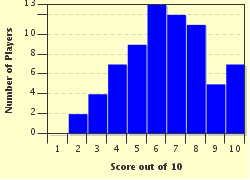Quiz Answer Key and Fun Facts
1. Though some places on Earth have been populated for thousands of years, New Zealand is a more recent discovery. When do archeologists believe the islands were first inhabited?
2. We call the indigenous people of New Zealand the Maori, but where did they come from?
3. Although New Zealand is remotely located from other countries, it is in the center of something. What?
4. New Zealand's closest land neighbor of any size is Australia. What body of water would a New Zealander cross to get there?
5. By United Nations charter, countries bordering a sea have an Exclusive Economic Zone regarding the exploration and use of marine resources. How big is New Zealand's zone in relation to its land size?
6. New Zealand has a territorial claim to a portion of Antarctica. What is its name?
7. New Zealand was formed from the subduction of tectonic plates, but it is also part of a microcontinent which has what name?
8. Because of its latitude, does New Zealand have a subtropical climate?
9. How has human habitation affected wildlife in New Zealand?
10. Wool has traditionally been one of New Zealand's chief exports, but as times have changed, so has the country's export product mix. What overtook wool as an export item in 2008?
Source: Author
CmdrK
This quiz was reviewed by FunTrivia editor
Tizzabelle before going online.
Any errors found in FunTrivia content are routinely corrected through our feedback system.


